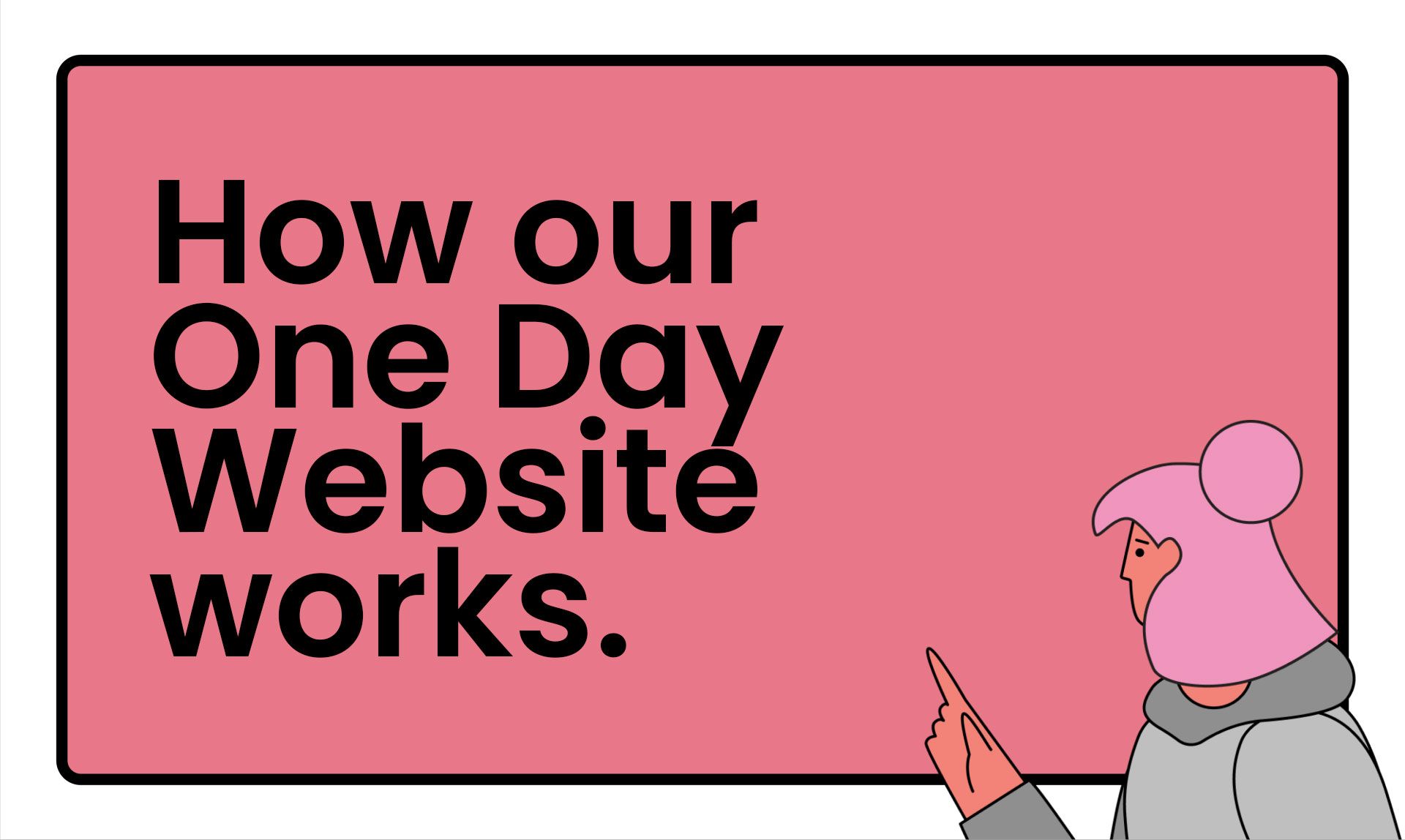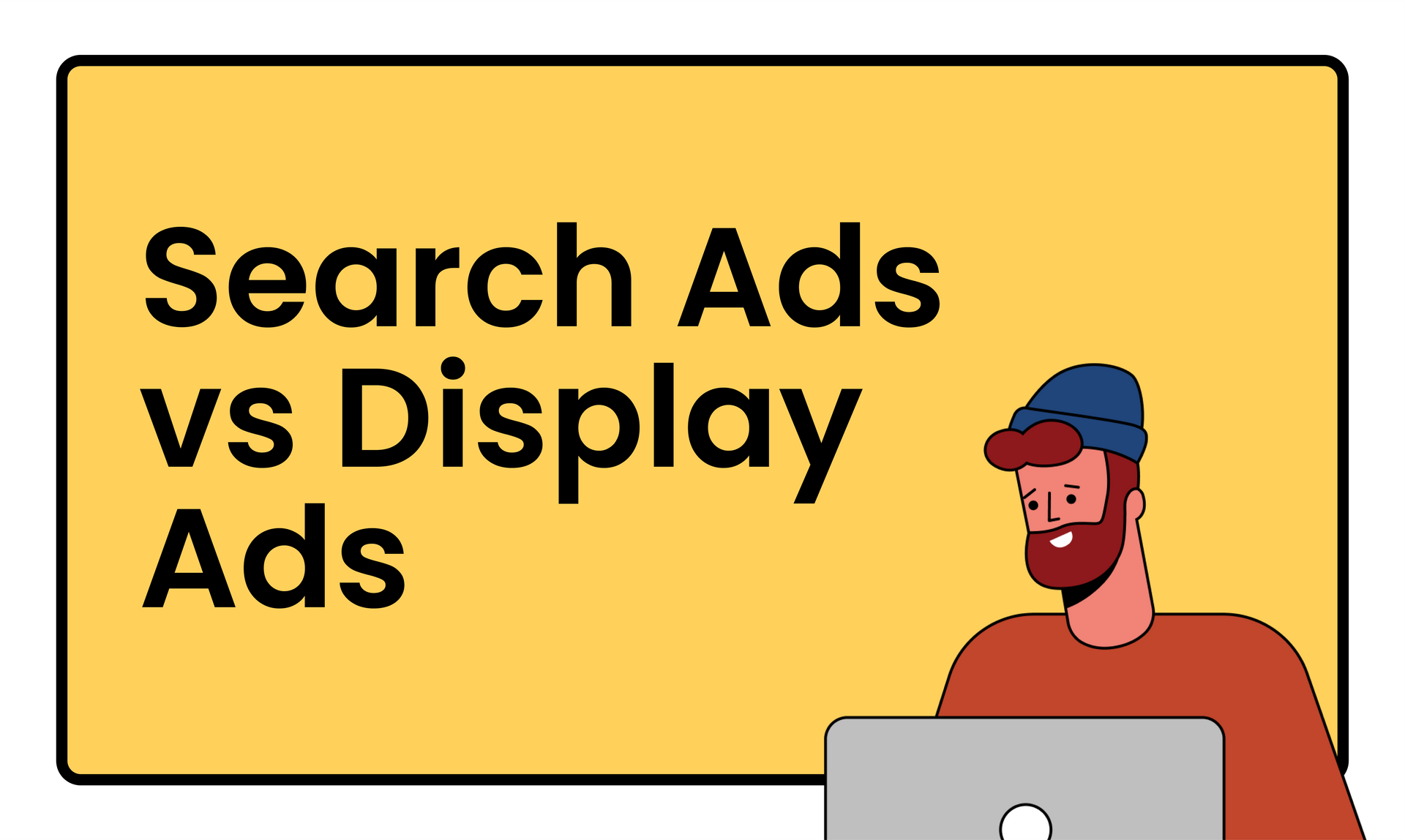How to Set Up a Remarketing Campaign in Google Ads
Remarketing is a powerful and often underutilised tool available to anyone using Google Ads (previously called ‘Google Adwords’).
Remarketing campaigns are designed to re-engage people who have already visited your website or engaged with your app. The theory behind this is that these are people who have already shown an interest in the products or services you offer and are more likely to make a conversion if they’re reminded of your brand.
In this brief guide, we’ll outline the process of setting up a remarketing campaign in Google Ads, step by step.
What is Google Ads remarketing?
Google Ads remarketing is a valuable digital market tool which allows advertisers to target users who have previously interacted with their brand. Essentially, it works by displaying customised ads to users who have already expressed interest in a business' products or services.
Google Ads remarketing uses cookies to do this. By placing a cookie on the user’s browser when they visit your website or engage with your app, it can then be used to track the user's activity and display targeted ads to them as they browse the internet.
This type of advertising is highly effective because it concentrates on an audience that is already familiar with your brand. By targeting users who have already shown an interest in your business, Google Ads remarketing helps to increase brand recognition and drive more conversions.
Compared to Google Search Ads which target people searching for specific words and phrases, and Google Display Ads which show images to users based on interest, Google Remarketing Ads focus exclusively on targeting people who have visited your website but not yet become a customer. This allows for far more detailed ads to be shown to this specific user base. Additionally, since these users have already shown interest in your services or products, it can contribute to a far better overall return on investment for your campaign. Remarketing Ads work best by following-up with people who almost got in contact, or made a purchase, but didn’t quite finish the process.
How to create a remarketing campaign in Google Ads:
So, let’s get started. Follow these steps to reconnect with your potential customers and drive a successful Google Ads remarketing campaign.
Step 1: Set up campaign goals and types in Google Ads
Are you looking to drive conversions, boost brand awareness or simply increase website traffic?
Before you start building your remarketing campaign, it's important to define your goals and choose the right campaign type. Once you’ve established your goals, select the appropriate campaign type, such as a display campaign or a search campaign.
Step 2: Choose the parameters for your campaign.
Once you've chosen your campaign type, it's time to set the parameters for your campaign. This includes selecting the ad format, setting your budget and bid strategy, and defining your targeting options.
You'll want to consider where your ads will appear, e.g., specific websites or geographic regions. Careful consideration of these parameters will ensure that your remarketing campaign is optimised for success and effectively reaches your desired audience.
Step 3: Determine your audience.
Who are you targeting and how have they interacted with your website or ads in the past?
For an effective remarketing campaign on Google Ads, you’ll need to clearly define your audience. Google Ads allows you to create audiences based on a wide range of criteria, such as website visitors, YouTube viewers and app users. You can also create custom audiences based on specific actions users have taken on your website.
Step 4: Create your ads.
This is where you should spend the vast majority of your time. The ad is the final product that will ultimately be seen by your target audience. This is the element that will encourage (or discourage) them to click through to your website and ultimately convert into a sales lead or customer.
Depending on the nature of your business and the goals of your campaign, choose an appropriate ad format for your audience, e.g., display ads, video ads, responsive ads, etc. Whatever format you choose, make sure it's visually appealing and effectively communicates your message.
Your copy should be engaging, concise and informative. It should speak to the specific interests and pain points of your target audience. Be sure to include a clear call-to-action that prompts users to perform a desired action, such as "Buy now" or "Sign up today". Additionally, including a compelling offer, like a discount or a free trial, can help incentivise users to click through and convert.
Eye-catching visuals are perhaps more important. Effective ads use high-quality images, graphics and videos to capture the user’s attention. Make sure it’s consistent with your business’ branding (colours, logos etc.) to help trigger and strengthen familiarity with your brand.
Step 5: Test and refine.
A remarketing campaign isn’t over when you click publish. A hugely important part of the process is testing and refining your ads to improve their effectiveness.
This involves regularly monitoring your campaign metrics (e.g., click-through rates and conversion rates) and making adjustments as needed. You can also perform A/B testing using different ads and ad parameters to determine the more effective strategy.
By continuously optimising your ads, you’ll ensure your remarketing campaign is geared for success, driving the results you need to achieve your business goals.
Let us help you with effective remarketing.
Don’t let potential customers slip through the cracks! Creating a remarketing campaign in Google Ads can be complex, but with the right guidance and support, you can achieve great results.
If you're ready to take your business to the next level with a powerful remarketing campaign in Google Ads, contact our team of digital marketing pros. At Helium Marketing, we can help you create a custom campaign that will drive conversions and unlock your business’ full potential.
Contact us today to see how we can help.

Ready to rise?
Tell us about your business.



